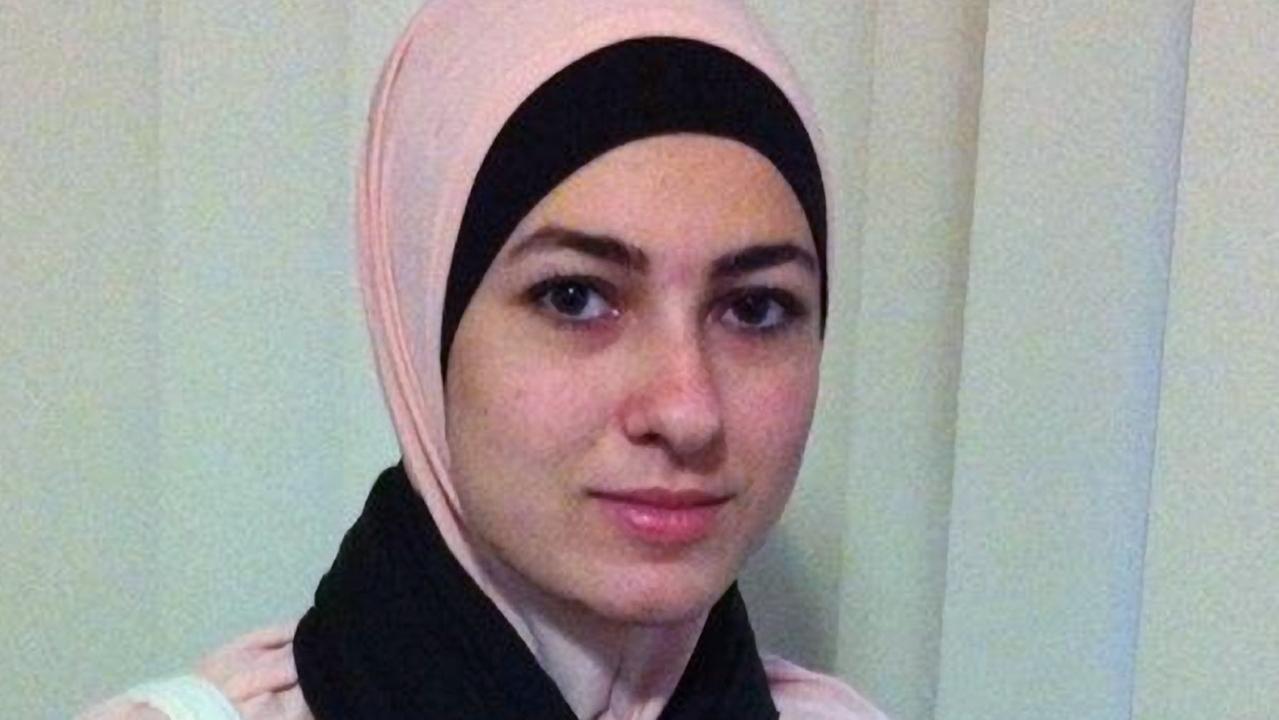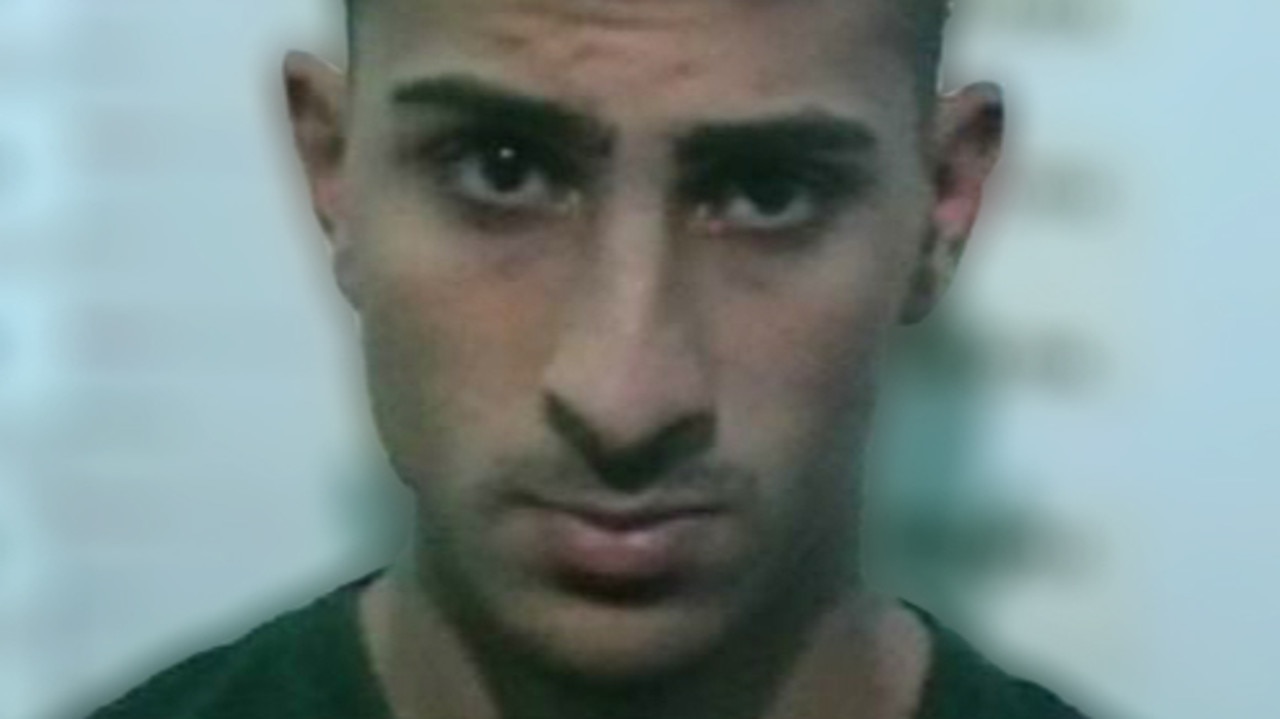Slain extremist plotted to kill Tony Abbott
ASIO feared teenage extremist Numan Haider was planning to assassinate the then prime minister.

ASIO fears that teenage extremist Numan Haider was planning to assassinate the prime minister prompted urgent intervention by counter-terrorism police which ended with two officers seriously injured and Haider shot dead.
A coronial finding into Haider’s 2014 fatal shooting after he attacked with a knife two detectives in the carpark of a suburban police station revealed that the potential risk to Tony Abbott was the primary reason police decided to move quickly against the 18-year-old Afghan refugee.
“It was thought the perceived risk he posed was to institutions and/or public figures, primarily the prime minister,’’ Victorian Coroner John Olle found.
“An urgent need to speak to Numan was identified as double pronged to establish any risk he posed; firstly to the prime minister and secondly whether he could be distracted from radicalisation.’’
An ASIO briefing to police revealed Haider had searched for information about the prime minister’s schedule. He told an associated he would “do it soon’’.
Mr Abbott yesterday said he was “full of admiration’’ for the two police officers who confronted Haider. “I met with them and have maintained contact with them ever since,’’ he told The Australian. “They are both good blokes, they are very normal Australians who found themselves in a very hazardous situation through no fault of their own … and responded with courage.
“To suddenly find yourself in the presence of a frenzied attacker … and to respond with coolness but at the same time with appropriate use of force … shows the valour of these two young policemen.’’
Mr Olle vindicated the actions of both police officers involved in the fatal shooting, describing them as “unwitting victims’’ of Haider’s extremism.
The coroner left unresolved a dispute over whether Australia’s peak intelligence agency shared all critical information about Haider with police before they engaged the radicalised convert to Islamic State.
Mr Olle found that one piece of information which might have altered the course of events — a recorded conversation in which Haider states to an associate his willingness to stab police — was not shared with police due to a procedural blind spot in ASIO’s management of phone intercepts.
Five days before Haider’s death, police conducted counter-terror raids across multiple addresses in Sydney and Brisbane. That same day, Haider went to a Dandenong shopping centre and waved a black Shadada flag provocatively at police.
Later that afternoon, Haider called an unidentified associate. While the phone was still ringing, he told another person in the room: “The police did not even search me. If I’d had a knife I would’ve stabbed ‘em.’’
The comment was intercepted by ASIO but under the agency’s operating procedures at the time, unanswered calls were not reviewed for relevant material.
As a consequence, the comment was first identified by one of the coroner’s investigators after Haider’s death.
An ASIO spokeswoman declined to say whether ASIO had since changed its procedures.
The coroner was unable to reconcile conflicting accounts provided by ASIO and police over whether inflammatory Facebook comments and pictures posted by Haider on the night of the Sydney and Brisbane raids were shared with the police preparing to engage Haider.
The coroner described Haider’s ambush attack outside the Endeavour Hills police station in Melbourne’s east as a “tragic and unprecedented event’’. He put to rest any lingering questions about whether Haider was a radicalised Islamist or merely a disengaged and disillusioned teenager.
A search of Haider’s body found he went to the police station armed with two knives; a small, folding knife he used to stab both officers and a larger, sheathed weapon he had concealed in the waistband of his pants. In his pocket he had a Shahada flag and a mobile phone.
A forensic analysis of Haider’s phone revealed that in the two days prior to his death, he accessed multiple website inciting jihad and martyrdom and promoting radical Islamic ideology.
He watched videos of Islamic State militants beheading victims and instructional guides on how to use various weapons to kill and maim non-believers.
Evidence provided by ASIO “clearly indicates that Numan was actively interested in travelling overseas and had an active interest in Islamic State and other extremist groups prior to when he applied for a new passport”. His application for a passport had been denied on security grounds.


